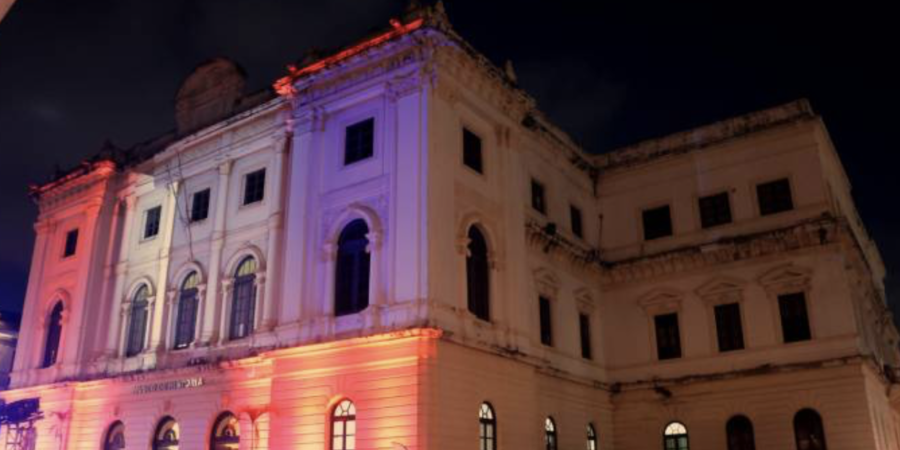The building, in neoclassical Mediterranean style, is the work of the Italian architect Genaro Ruggieri and was built between 1906 and 1908. The indigenous peoples of Panama will be represented in the new History Museum, after this Friday the Ministry of the Interior (Interior) officialized the delivery to the Culture portfolio of its current headquarters, a historic building located in the old town of the capital.
“This is a jewel of architecture, a Renaissance-style building that started its construction at the beginning of the last century, and will be the host of our great History Museum, which in addition to telling all the republican history of our country, will tell that of our indigenous peoples and all their traditions, gastronomy,” the Minister of Culture, Giselle González Villarrué, told EFE.
The building, in the neoclassical Mediterranean style, is the work of the Italian architect Genaro Ruggieri and was built between 1906 and 1908 with the aim of housing the three powers of the State after the separation of Panama from Colombia in 1903. Subsequently, it became the Secretariat of Government and Justice, then the Ministry of Government and Justice and, finally, since 2010, the Ministry of Government.
“The simple, but monumental beauty of the old hemicycle of the National Assembly, the presidential portraits and the neoclassical Mediterranean details (…) What better framework to install at some point the new History Museum of Panama for the benefit and admiration of everyone? And even better, with the inclusion of another parallel museum of the Native Peoples,” said the Minister of Government, Roger Tejada Bryden, according to a statement.
Tomás Mendizábal, archaeologist and director in charge of the Center for Historical, Anthropological and Cultural Research (CIHAC-AIP), told EFE that the plan also includes the transfer of his research center to that new headquarters, from where they will study, within their axes of action, “the past and the heritage of Panama.”
Before the transfer, the property must still be subjected to several renovations for its proper restoration.
Museum of Indigenous Peoples A team of the CIHAC-AIP, together with the traditional authorities and associations of indigenous peoples, will carry out the research to design “the narrative of a museum script and robust museography with innovation, which is inclusive for all people,” according to information from the Ministry of Culture.
This new museum is a “pending debt,” as the Government has pointed out on previous occasions, with the seven indigenous ethnic groups of Panama: Emberá, Wounaan, Guna, Ngäbe, Buglé, Naso and Bri-Bri, grouped territorially into six regions, emberá-wounaan, guna yala, ngäbe-buglé, madugandí, wargandí and naso.
In this country there are more than 400,000 indigenous people, representing about 12% of the population of Panama, a pioneer nation in Latin America and the Caribbean in recognizing the rights of the original territories. In 2018, the Panamanian Government launched the National Plan for the Integral Development of Indigenous Peoples.
According to UN data, there is very advanced legislation, but this population still registers the highest poverty rates in the country.
